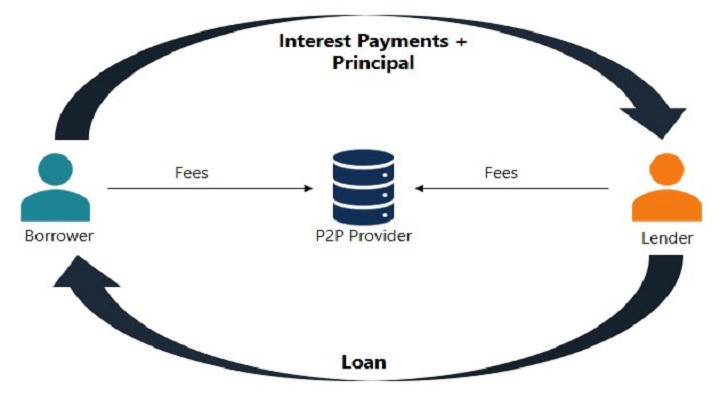Financial Support Without Income: A Look at Loan Possibilities for the Unemployed

In today’s economy, unemployment and financial instability are realities faced by many people. For those without a steady income, getting a loan can seem like an insurmountable challenge. However, there are loan options available to the unemployed that can provide them with financial support during these tough times. This article explores the possibilities and provides insight into how those without income can get the funds they need.
Understanding the Challenges
The first step in understanding the prospects of loans for the unemployed is to understand the challenges. Lenders will typically look for a steady income to ensure that the borrower can repay the loan. Without proof of income, getting a loan can be difficult. However, this doesn’t mean all doors are closed.
Government Assistance Loans
One of the first choices for seeking financial support without income is government assistance programs. Many governments offer loans or grants to the unemployed, often at very low or even zero interest rates. These programs may require proof of unemployment or proof of being out of work for a period of time and can provide loans during tough economic times.
- Example: In the United States, the Small Business Administration (SBA) offers disaster loans to small businesses affected by declared disasters, which can include an economic downturn that results in job losses.
Peer-to-Peer Lending
Another option for people with no income is peer-to-peer lending platforms. These platforms connect borrowers directly with lenders, who are usually individuals or groups willing to lend money based on factors other than income statements. While the approval process may be more stringent, these loans are more flexible.
- Examples: LendingClub and Prosper are two popular peer-to-peer lending platforms that may consider lending to individuals without current income if they can prove their creditworthiness in other ways.

Mortgages
For people with valuable assets, mortgages may be a viable option. These loans are secured by assets, such as a car or property, which the lender can seize if the loan is not repaid. This reduces the risk for the lender and can make it easier for people with no income to get a loan.
- Example: Homeowners who have lost their jobs but have equity in their homes may consider home equity loans or lines of credit to access funds.
Nonprofit and community lenders
Nonprofits and community lenders often have more flexible lending criteria and may offer support to people with no income. These organizations are often mission-driven and may be more willing to work with individuals facing financial hardships.
- Example: Grameen Bank, known for its microfinance, has a mission to alleviate poverty by providing small loans to those in need, often without requiring traditional proof of income.
Crowdfunding and Social Lending
In the digital age, crowdfunding platforms have become a new way to raise funds. By sharing their stories and financial needs, individuals can seek support from friends, family, and even strangers. Social lending is a form of crowdfunding that provides loan funds to individuals in need.
- Examples: GoFundMe and Kickstarter are platforms where individuals can create campaigns to raise money for a variety of causes, including financial support during unemployment.
Conclusion
While unemployment can make getting a loan seem impossible, there are a variety of avenues to explore. From government assistance to innovative lending platforms, there are options for those without income. It is important to research and understand the terms and conditions of each loan type, and consider the long-term implications of borrowing. With the right approach and due diligence, it is possible to get financial support even without a stable income.

